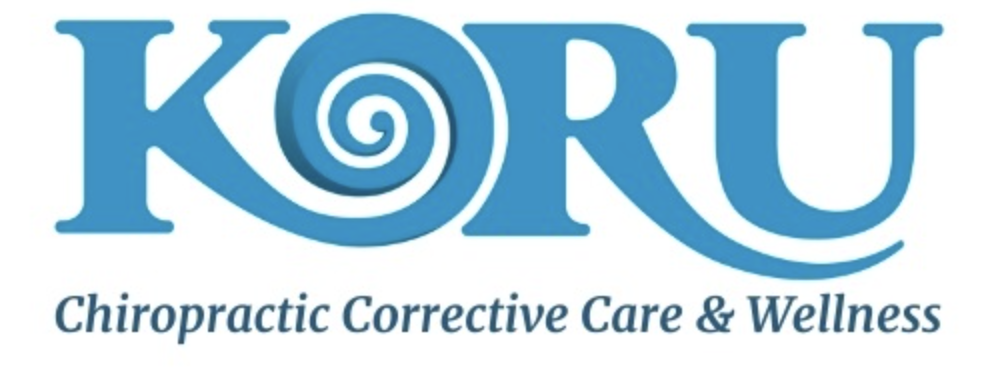Chiropractic Care & Retro-Spondylolisthesis
Sciatica, neuropathy, and retro-listhesis are all painful conditions that many professionals state can only be treated via surgery or extreme measures. This article will discuss how chiropractic care can help treat your pain and symptoms. Schedule a consultation now!
What are Sciatica and Neuropathy?
Neuropathy, also known as peripheral neuropathy, is a medical term that refers to a condition characterized by damage, dysfunction, or disease of the peripheral nerves. Peripheral nerves are those outside the brain and spinal cord, and they connect the central nervous system to the rest of the body.
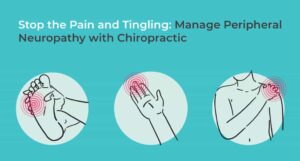
Sciatica is a medical condition characterized by pain that radiates along the path of the sciatic nerve, which is the longest and widest nerve in the human body. The sciatic nerve starts in the lower back and runs down through the buttocks and into the legs.
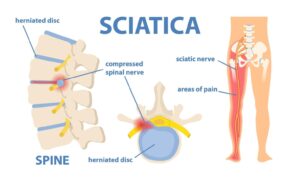
What Is Retro-Spondylolisthesis?
Retro-spondylolisthesis, also known as retrolisthesis, is a type of spondylolisthesis where one vertebra in the spine shifts backward (posteriorly) relative to the adjacent vertebra. In the context of spondylolisthesis, the more common type is anterolisthesis, where the vertebra shifts forward. In retrolisthesis, the affected vertebra moves in the opposite direction.
Retrolisthesis can occur in any part of the spine, but it is more commonly found in the cervical (neck) or lumbar (lower back) regions. Like other types of spondylolisthesis, retrolisthesis can result from various causes, including degeneration of the intervertebral discs, trauma, or structural abnormalities in the spine. It can lead to similar symptoms as other forms of spondylolisthesis, such as back pain, muscle stiffness, and neurological symptoms if nerves are compressed.
The severity of retrolisthesis is often graded to indicate the extent of displacement, similar to anterolisthesis. Grading typically ranges from Grade I (25% or less slippage) to Grade IV (75-100% slippage). The grading helps determine the appropriate treatment approach, which may range from conservative management, such as physical therapy and pain management, to more invasive treatments like surgery in severe cases.
Diagnosis and treatment of retrolisthesis should be performed by a healthcare professional, often in collaboration with orthopedic specialists or spine surgeons. They can assess the condition, its severity, and the best treatment options to address the patient’s specific needs.
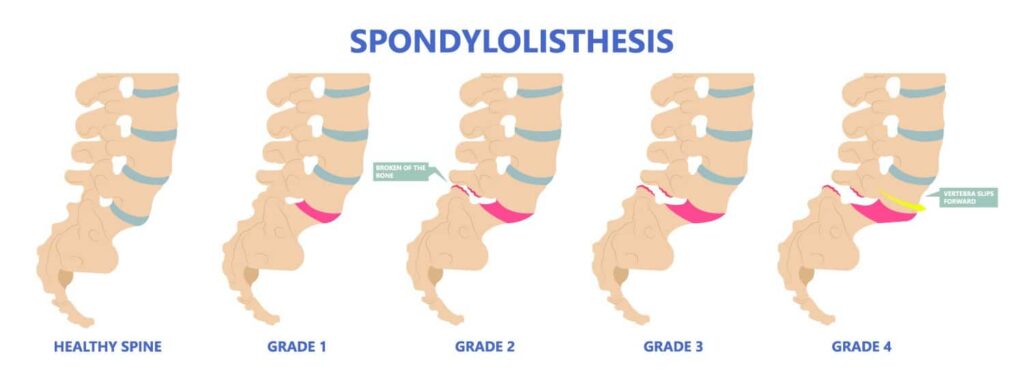
What are the symptoms of Retrolisthesis?
Retrolisthesis, a type of spondylolisthesis where one vertebra shifts backward in relation to an adjacent vertebra, can produce a range of symptoms, much like other forms of spondylolisthesis. The severity and specific symptoms can vary depending on the degree of slippage and the location of the affected vertebrae. Common symptoms of retrolisthesis may include:
- Back Pain: This is one of the primary symptoms associated with retrolisthesis. The pain is typically felt in the affected area of the spine and can range from mild to severe.
- Stiffness: Patients with retrolisthesis often experience stiffness in the affected area, which can limit their range of motion and make certain movements uncomfortable.
- Radiating Pain: In cases where the backward slippage of the vertebra compresses or irritates nearby nerves, individuals may experience radiating pain. This pain can extend to other areas of the body, such as the buttocks, thighs, or lower back.
- Numbness and Tingling: Nerve compression from retrolisthesis can lead to numbness and tingling sensations in the affected area. These sensations may extend into the legs or other parts of the body.
- Muscle Weakness: Weakness in the muscles of the back and legs can occur due to nerve compression. This weakness may affect mobility and physical activities.
- Changes in Posture: Severe retrolisthesis can lead to changes in posture as the body attempts to compensate for the instability. This may result in a posture that appears stooped or bent.
- Functional Limitations: Individuals with retrolisthesis may find it challenging to perform activities that require bending, lifting, or standing for extended periods.
How can Chiropractic Care help Retrolisthesis?
At Koru we had a ‘Medical Miracle” patient come in who was told he should have surgery to fix the Sciatica, Neuropathy, lower back pain, and Retro-Spondylolisthesis and he wanted to try conservative care first with Dr. Norris. We were adamant about the possibility of this not being treated and even possibly worsening his symptoms. He was still ready to try, and we made a plan he was sore for a few days but all of those symptoms above were gone without having to do invasive surgery. Example below:
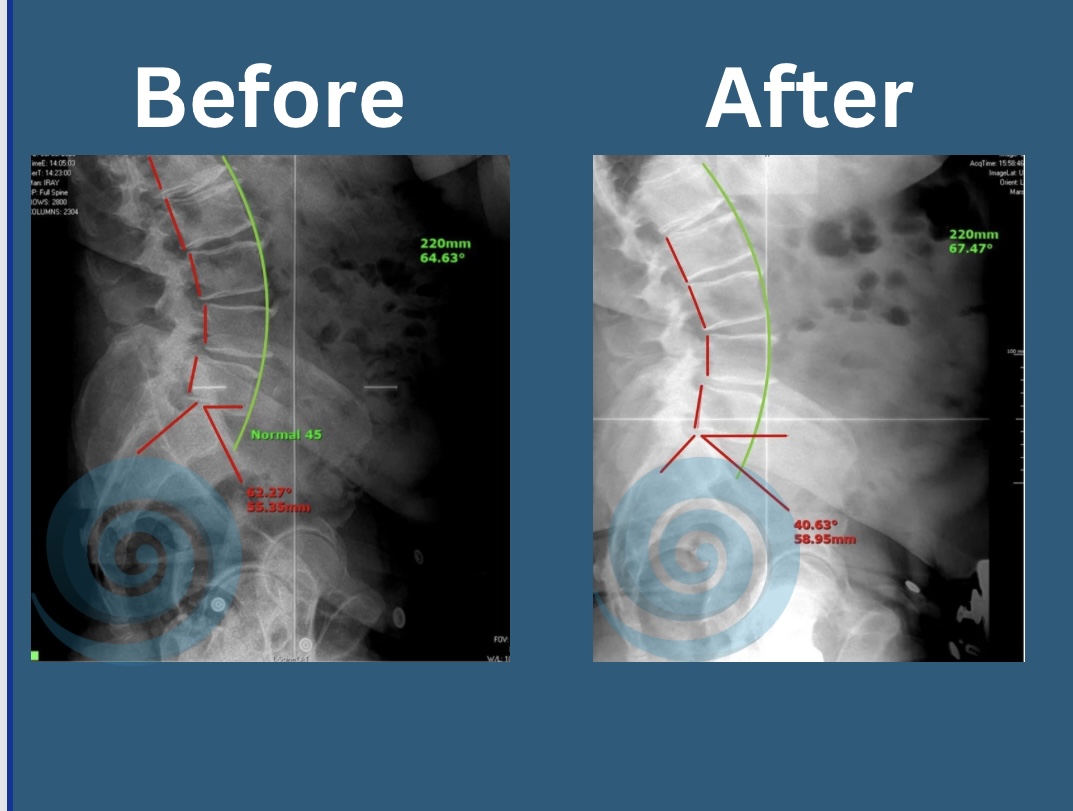
If you are looking for help with the symptoms above or other issues. Take a look at some of our other blogs or give us a call at 720-593-9796. You can schedule your FREE 15-minute consultation with Koru Chiropractic!
FOR MORE INFORMATION FOLLOW US
